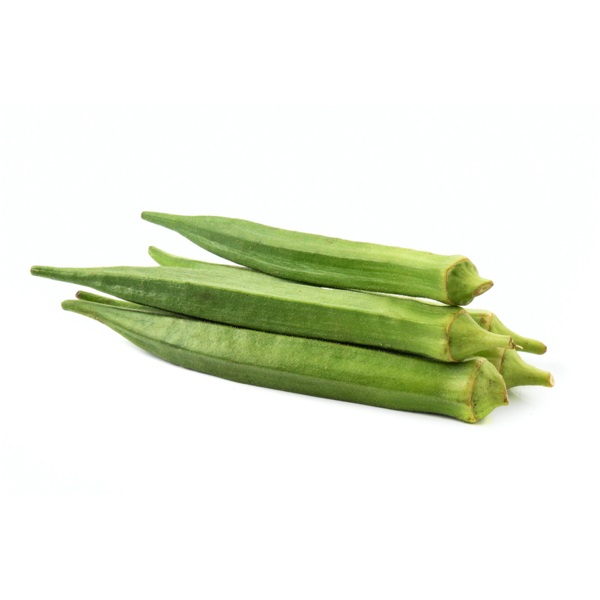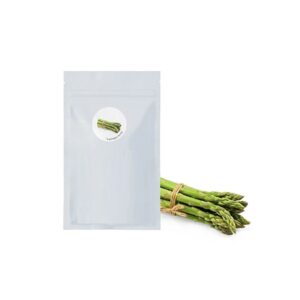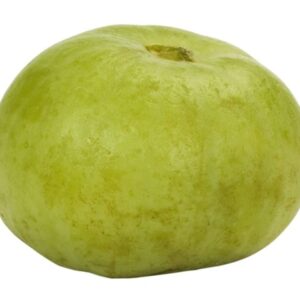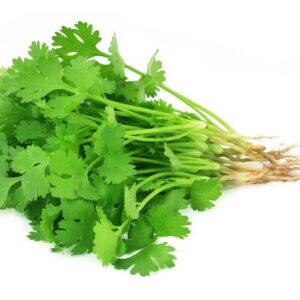First cultivated in Africa, Okra popularly traveled from there to America and South Asia and became a much-loved summer vegetable. Grown usually in tropical and sub-tropical weather conditions, Okra has a gummy texture and belongs to the Malvaceae family of flowering plants. Okra is also one of the most heat and drought resistant vegetable. It is full of life-sustaining nutrients and minerals such as Vitamin A, B6, C, K, dietary fiber, folate, potassium, calcium, magnesium, and iron. Eating Okra, rich in so many health-giving nourishing substances, is a great way to have healthy cholesterol levels, maintain weight, prevent the risk of developing colorectal cancer, have a strong immune system, as well as protect the eyesight and body tissues. Though not in abundance but the ladyfinger does carry small quantities of protein, carbohydrate, and almost negligible calories too. These also have plenty of antioxidants such as beta-carotene, xanthin, and lutein and can also help in keeping the heart healthy and reduces the chances of being afflicted with type 2 diabetes monumentally.
In India, Okra is cooked in a variety of ways. Fried, stuffed or cooked simply after cutting in equal sized pieces with spices. Okra contains oxalates that can cause kidney and gallstone conditions to worsen, as the oxalates bond with existing stones and cause them to grow. Therefore Okra should be avoided in the case of stone conditions.











Reviews
There are no reviews yet.